The Spread of Infographics: What to Know
 Dr. Clark Holdsworth, Senior Manager, Communications and Partnerships
Dr. Clark Holdsworth, Senior Manager, Communications and Partnerships
Let’s start simple.
What is an infographic?
An infographic is a graphic visual representation of information, data, and/or protocols that is designed to convey this information more clearly, simply, and concisely than the underlying source material.
The function of infographics
Given the definition above, infographics serve a clear purpose in communicating highly technical material to diverse audiences. The communication style of the infographic relative to its source material offers the advantages of brevity and ease of sharing. Typically, infographics can be contained in a single page or even embedded in a larger page of text. This makes them highly suitable for training slides, posters, and handouts. Further, the infographic necessarily simplifies and omits technical aspects to obtain this brevity, without negatively diluting the accuracy or meaning of the source material. This means audiences who might otherwise struggle with the source material are able to comprehend and utilize the information in a practical manner.
The role of infographics in scientific communication
While I have thus far focused on infographics generally, you may have already started to intuit the hyper-utility of infographics for the scientific community. What can be more technically dense than a scientific manuscript? Who has a greater need to synthesize expansive data and results than the scientist? Do we need to look any further than the last year of COVID-19 to demonstrate the vital importance—quite literally life and death—of communicating complex scientific information to diverse audiences? The general audience is overwhelmingly comprised of those with little hope of correctly interpreting the esoteric discourse found within the traditional scientific literature.
The introduction of infographics and their widespread adoption
The infographic became popularized with the availability of consumer-level digital content creation products, such as the Adobe Creative Suite. Lowering the barrier to the technical production of this medium led to widespread adoption by marketing and communications professionals, who have a constant need for faster, clearer communications formats.
Journals naturally adopted this format for similar reasons. The infographic has been at the forefront of the recent trend in scientific publishing known as “post-publication promotion”; that is, secondary communication of the published study, often manifested as graphical, illustrated, and video content both within the journal’s publishing ecosystem and shared across social platforms. The infographic provides fast and accessible communication for scientists outside the paper’s field. Expanding beyond this, the infographic is notably useful for communications with policy makers and others who require scientific information as a component of actionable decision making. Finally, vital information sharing campaigns of societal significance, such as public health, are effectively addressed using infographics.
The explosion in the use of infographics during COVID-19 has demonstrated their utility in explaining the pandemic, providing updates to its progression, instructing the public in preventative practice, and aiding in fact-based decision making (e.g., vaccine information).
Seizing the opportunity provided by infographics
Participating in post-publication promotion of your article is widely encouraged by journals, and one of the most convenient opportunities is via infographics (when available). Infographics are flagged as desirable content by marketing and communications professionals, whether they are at the journal or your institution. Take advantage of that interest to get your work highlighted.
At the entry level, infographics are relatively easy to produce. Simple, mainstream software such as Adobe Illustrator offer a great platform to produce infographics for your work. If you are doing it yourself, most journals that solicit infographics will provide advice or resources for creating one.
If you want a professional quality infographic or simply do not want to spend the time to create one yourself, check out the Custom Illustration Service here at LetPub. Let a professional design team take care of the details. The infographic can then be reused anywhere you would like from social media to conference presentations to your university lab webpage.
 Previous Article
Next Article
Previous Article
Next Article 

